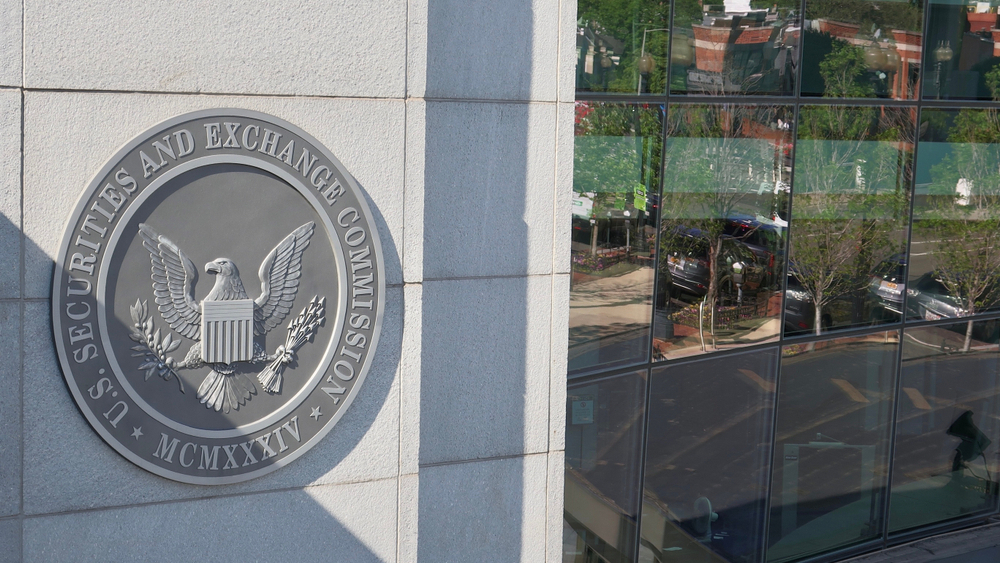
Will 2023 be the year of corporate greenhushing?
If 2022 was the year of waging war against greenwashing, then 2023 could be when we see the unintended consequences – with greenhushing starting to grow.
In almost every major developed economy, 2022 was the year regulators took on greenwashing. The US Securities and Exchange Commission went after insurance companies, asset managers, banks and even automobile companies. The Australian, British, Chinese, European and Indian regulators had similar agendas.
The goal: increase the level of trust that investors can place in the complex world of emissions disclosure and sustainable investing. To do that, they had to increase the pressure on companies and hold them accountable for their word.
However, if the standards of accountability rise, the incentives to disclose change. On the one hand, greenwashing investigations make companies focus on the integrity of their disclosure. On the other hand, it could make them cautious, and reluctant to disclose extensively for fear of being asked to defend their word.
Merton’s law
In the 1930s, US sociologist Robert K Merton made a prediction that when any “purposive action” is undertaken, a range of unintended consequences follow. Applying Merton’s law of unintended consequences to the world of greenwashing investigations, the possibility of “greenhushing” emerges as a key expectation.
Greenhushing refers to the phenomenon of companies becoming increasingly cautious about their emissions-reduction plans and, in the process, publicising fewer of them. Climate project developer and solutions provider South Pole defines it as “going green, then going dark”.
South Pole’s research has found that one in four firms is greenhushing. Some companies have clearly gone dark. To be clear, the research does not find evidence of corporate enthusiasm regarding science-based emissions reduction fading. It finds, instead, a growing reluctance to go public with the details of the strategy. Companies that went dark, are not necessarily less green.
There is little agreement on what greenhushing means and how it is measured. As far as concrete evidence goes, it is far too early to tell. Here, 2023 could be a pivotal year.
Investor monitoring
In other words, greenhushing affects the communication of the strategy, not the delivery. This creates a number of negative consequences.
When investor coalitions such as Climate Action 100+ assess the quality of corporate emissions reduction, they depend entirely on company-level disclosures. It is how they conduct detailed analysis of company and industry performance on the net-zero 2050 timeline. It is the bedrock of their net-zero investment strategy and the raison d’etre of their company-level engagement.
However, it is not just investors who monitor progress. Governments use this information to assess their own performance against their respective nationally determined contributions. Several non-profit organisations, and the broader public interest they represent, depend on this information to effectively advocate for climate change mitigation. The Net-Zero Tracker, a collaborative project of non-profits and academics in the UK is a good example.
If a quarter today aren't coming forward with details on what makes their target credible, could corporate greenhushing be spreading?
A pivotal year
Greenhushing as a concept faces the pitfalls of nascency: there is little agreement on what it means and how it is measured. As far as concrete evidence of its proliferation goes, it is far too early to tell. Here, 2023 could be a pivotal year considering the recent trajectory of regulation.
Andy Pitts-Tucker, managing director for ESG at financial services company Apex Group, expects this to be the case: “If 2021 was the year in which ESG became mainstream, 2022 was characterised with a more thorough examination of its application to the financial services industry. Managers have become more cautious, nervous of being accused of ‘green’ and ‘purpose-washing’ their investment portfolios.”
He predicts that 2023 will see the rise of greenhushing, with businesses and investors downplaying their environmental credentials to avoid attention and scrutiny from the media and regulators.
As the 2023 regulatory agenda takes shape, South Pole’s research leaves us with food for thought. As CEO Renat Heuberger puts it: “We see that sustainability-minded businesses are increasingly backing up their targets with science-based emissions reductions milestones, which is absolutely the right approach.
“But if a quarter today aren't coming forward with details on what makes their target credible, could corporate greenhushing be spreading?”
Atharva Deshmukh is Net Zero Investor’s head of research.




